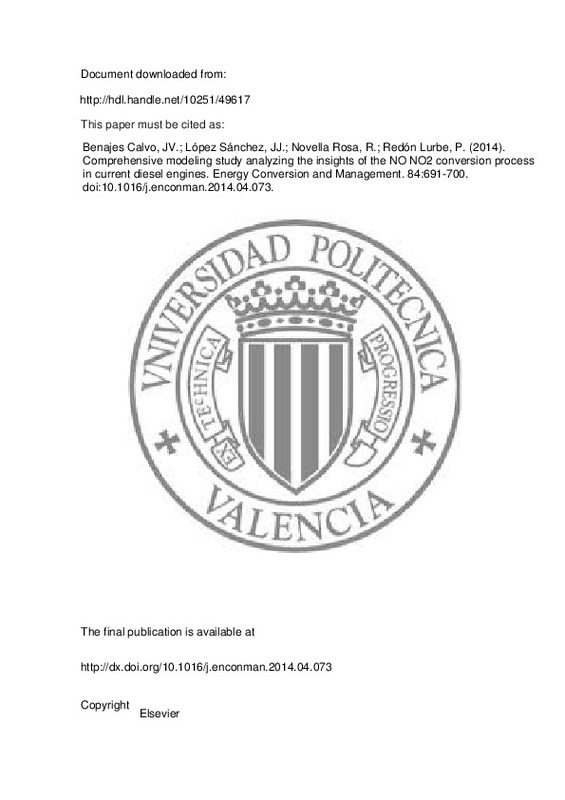JavaScript is disabled for your browser. Some features of this site may not work without it.
Buscar en RiuNet
Listar
Mi cuenta
Estadísticas
Ayuda RiuNet
Admin. UPV
Comprehensive modeling study analyzing the insights of the NO NO2 conversion process in current diesel engines
Mostrar el registro completo del ítem
Benajes Calvo, JV.; López Sánchez, JJ.; Novella Rosa, R.; Redón Lurbe, P. (2014). Comprehensive modeling study analyzing the insights of the NO NO2 conversion process in current diesel engines. Energy Conversion and Management. 84:691-700. https://doi.org/10.1016/j.enconman.2014.04.073
Por favor, use este identificador para citar o enlazar este ítem: http://hdl.handle.net/10251/49617
Ficheros en el ítem
Metadatos del ítem
| Título: | Comprehensive modeling study analyzing the insights of the NO NO2 conversion process in current diesel engines | |
| Autor: | Redón Lurbe, Pau | |
| Entidad UPV: |
|
|
| Fecha difusión: |
|
|
| Resumen: |
Multiple researches have focused on reducing the NOx emissions and the greatest results have been achieved when lowering the combustion temperature by employing massive exhaust gas recirculation rates (LTC). Despite this ...[+]
|
|
| Palabras clave: |
|
|
| Derechos de uso: | Reserva de todos los derechos | |
| Fuente: |
|
|
| DOI: |
|
|
| Editorial: |
|
|
| Versión del editor: | http://dx.doi.org/10.1016/j.enconman.2014.04.073 | |
| Código del Proyecto: |
|
|
| Agradecimientos: |
The authors would like to acknowledge the contribution of the Spanish Ministry of Economic and Competitively for the financial support of the present research study associate to the Projects TRA 2008-06448 (VELOSOOT) and ...[+]
|
|
| Tipo: |
|







![[Cerrado]](/themes/UPV/images/candado.png)


